The atmosphere of this painting is quite unique, it is painted in a slightly blurred, even vaporous way, the paste is very thick in places, it is difficult to take a photo, apparently not signed but I find that this way of painting and the rendering is in the style of the painter Narcisse Diaz de la Peña (1807-1876)*.
Our painting needs a change of the varnish which was roughly applied a long time ago, this painting will certainly regain its light once restored.
Sold with this gilded wooden frame from the 1830s which bears an inscription in the rebate, the canvas alone measures 38cm x 46cm.
Possible delivery by chronopost for:
France 40€
Europe 70€
Others 90€
*Narcisse Virgilio Díaz, also known as Narcisse Díaz de la Peña, born on August 21, 1807 in Bordeaux and died on November 18, 1876 in Menton.
In 1822, he became an apprentice painter at the porcelain factory of Jules Claretie where he met young artists Jules Dupré, Auguste Raffet and Louis-Nicolas Cabat who would become friends.
In 1830, through a painter from Lille Souchon, he met Xavier Sigalon who encouraged him. Narcisse Díaz de la Peña completed his education at the Louvre Museum where he copied Correggio, Claude Lorrain, Albert Cuyp and Jacob van Ruisdael. He was received at the Salon of 1831 with two Landscape Sketches.
In 1832, he presented an Adoration of the Shepherds and Old Ben Emeck. Under the influence of his friend Raffet, he tried his luck as a history painter in the vein of Horace Vernet by presenting The Battle of Mœdina-Coli at the Salon in 1835.
Without resources and having given up his career as a ceramic painter, Narcisse Díaz de la Peña sold a rapid production at very low prices.
He also practiced engraving.
From 1837, Díaz de la Peña joined the Barbizon school group and painted landscapes in which we find the sites he particularly liked in Fontainebleau: Bas-Bréau, Apremont, and the Solle valley. His house in Barbizon is located at no. 28 Grande Rue.
Díaz admired Eugène Delacroix and like artists and writers, he was fascinated by the Orient. Victor Hugo's Orientales impressed him.
He also used nature as a backdrop to introduce allegorical, mythological or realistic figures.
His painting La Descente des Gypsies was a great success at the Paris Salon of 1848. From that date on, he hardly exhibited any more under the Second Empire, as he had so many commissions to satisfy his collectors, in a colorful style, sometimes romantic, allegorical and orientalizing, or sometimes Barbizonnian, through which "Diaz played a role in the formation of Impressionism". A figure of the Ganne inn, a great conversationalist and generous, he was surrounded by many students with whom he went to paint in the forest.
He frequented Théodore Rousseau and Jean-François Millet, and gave them financial and moral support.
In 1849, he organized a sale of sketches and studies from nature, while painters generally offered finished paintings for sale. The sale prices were quite low, but he would repeat the experience in the following years and obtain higher prices. He painted by working the pictorial material, loaded with a knife, with marked contrasts of chiaroscuro which allowed him to obtain luminous effects and in this he would influence the Impressionists. Often meeting Eugène Delacroix, the latter noted in his Journal on October 7, 1847: "Remember the impression [...] of a painting by Diaz at Durand-Ruel, where everything came from the painter's imagination, but where the memories are faithful, life, grace, abundance6." From 1854, he stayed regularly on the Normandy coast, in particular in Étretat where he bought a house not far from the sea, the Villa Caprice. He painted several seascapes alongside his friend Gustave Courbet. In 1855, he participated in the Universal Exhibition where he presented a retrospective of his work. Then he went on a trip to the Orient and exhibited at the Salon of 1859. Having become a personality of Parisian society, he was received by Princess Mathilde, by Nieuwerkerke, amateurs had to order their paintings, on a waiting list. Diaz began to collect furniture and precious objects, his studio was of rare luxury.











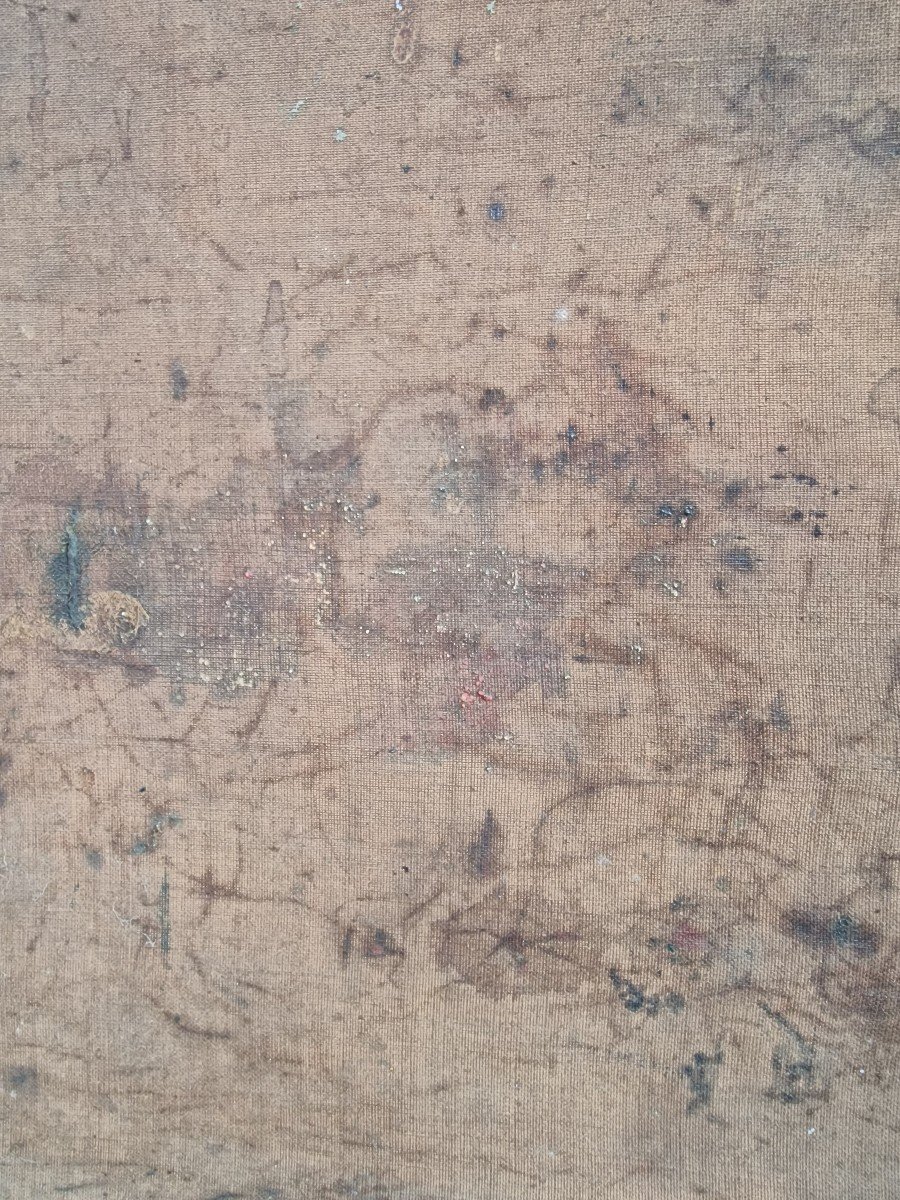




















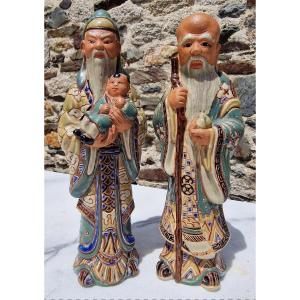
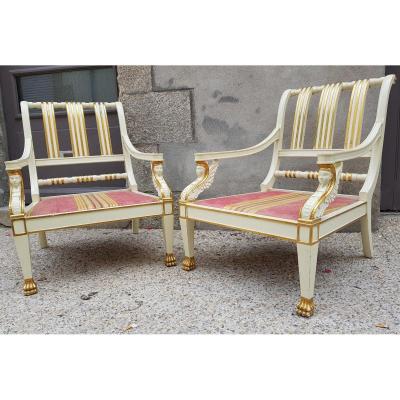



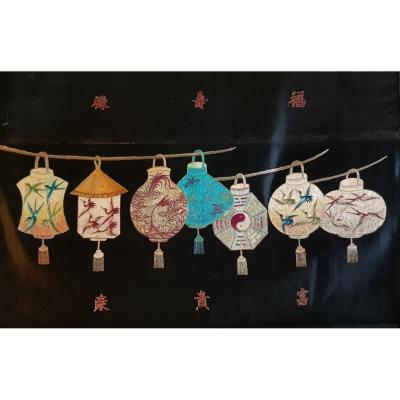
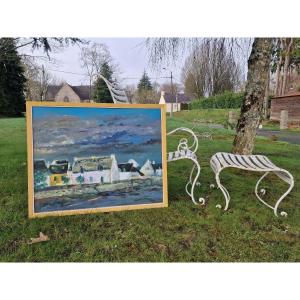

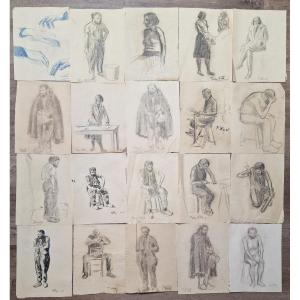
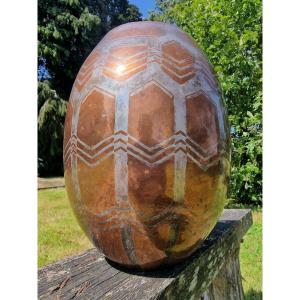


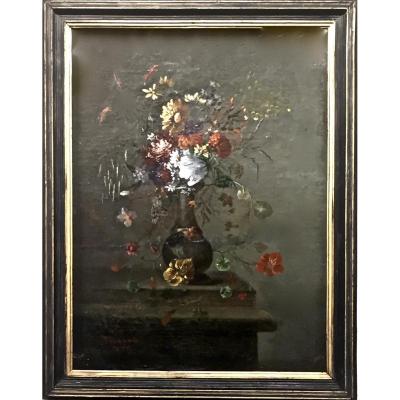





 Le Magazine de PROANTIC
Le Magazine de PROANTIC TRÉSORS Magazine
TRÉSORS Magazine Rivista Artiquariato
Rivista Artiquariato